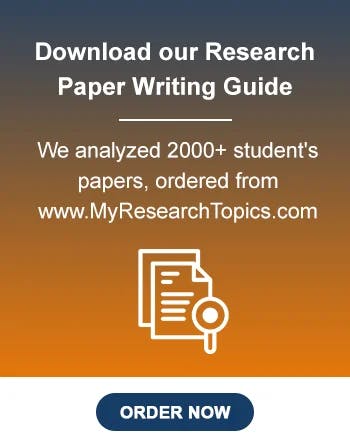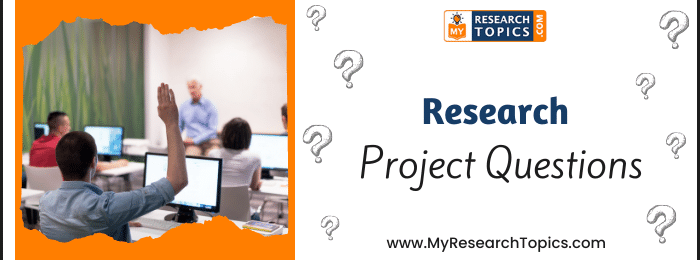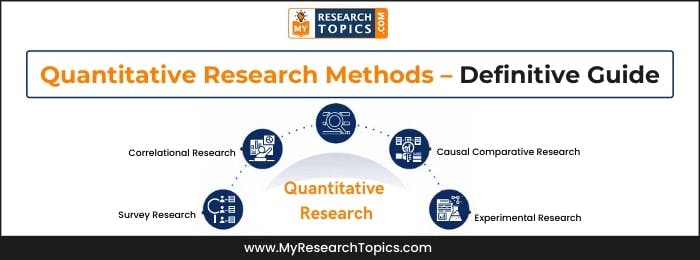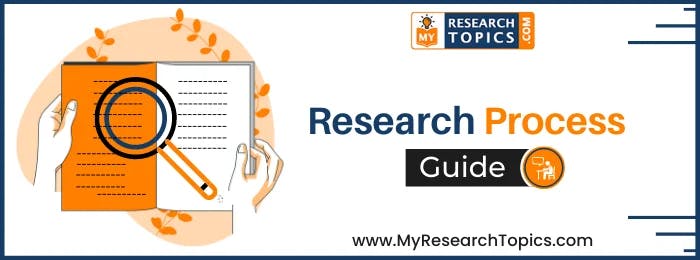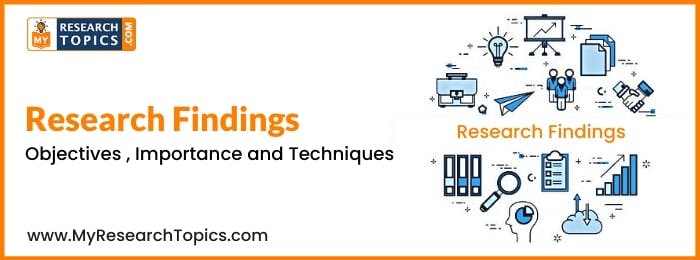Textual Analysis in Research / Methods of Analyzing Text
Published 16 October, 2023

Textual analysis is a process of interpreting, analyzing, and evaluating the text. It is a common practice in social sciences and humanities research that seeks to understand how an author builds their argument by looking at the words they use. The textual analysis allows researchers to identify important themes within an article or book while building on arguments made by the author. There are many different methods for textual analysis that offer various levels of depth but all provide valuable insight into understanding what makes up a certain text. This blog post will cover methods of conducting textual analysis and its examples.
Introduction
Text is a transcribed conversation. In relation to research, the text is could be any object about which the researcher intends to provide a great description.
Textual Analysis in Research is basically a research technique that the researcher mainly applies for making valid research conclusion through interpretation and coding of messages or content. It can also consider being a research methodology used by researchers to conduct such analysis. Description of content, functions, and structure of message containing text is a primary objective of textual analysis in research.
Textual analysis is also known as text mining. It can refer to a tool for machine learning which the researcher utilizes for extracting value from the text. It is a procedure that includes developing an understanding of pictures, language, and symbols. Textual analysis is an important component of research
For example, Data that you have collected through investigation on the historical places might contain challenges in relation to historic places, culture, etc. Therefore, it is very much essential for you to develop an understanding of the social framework which affect the message in content.
View also this: Content Analysis For Research
Methods of Doing Text Analysis
The two most common methodology which you can use for analyzing text is:
1. Text classification:
It is also known as text tagging. In this technique, you need to classify the text in the pre-defined group. You can use Natural Language processing software for performing the classification of text. Natural language processing is one of the strong tools which helps in performing the analysis of text and categorizes the same into a group on the basis of content.
2. Text extraction:
This is a technique of analyzing text that helps in extracting valuable information from the text. Text extraction is an automatic process that helps quickly visualize the important content of a text. That’s especially helpful when you have large databases, which would otherwise take hours to analyze by hand.
Examples of textual analysis
The methods used to conduct textual analysis depend on the field and the aims of the research. It often connects texts to a broader social, political, cultural, or artistic context for deeper understanding in order to explore how it relates with other components at work.
1. Textual analysis in culture and fields
Textual analysis in relation to the investigation performed in culture or media. While performing the task of developing a theoretical framework you need to establish a link between various elements of text along with problems in culture and politics.
In this, you can analyze the different aspects of text like :
- Target population
- Source of text
- Choice of words
- Relationship with other text
2. Textual Analysis in Social Sciences
In the social sciences, textual analysis is often applied to texts such as interview transcripts and surveys. These studies allow us the opportunity to see how people communicate with one another in various situations.
Content analysis, topic analysis, and discourse analysis are some of the most prominent methodologies for examining texts in the social sciences.
Textual analysis in research is basically a qualitative approach where the investigator makes an assumption about the culture and politics on which they are performing an investigation.
Read Also: Qualitative & Quantitative Research Method Differences
Other Related Guides
- Research Project Questions
- Types of Validity in Research – Explained With Examples
- Schizophrenia Sample Research Paper
- Quantitative Research Methods – Definitive Guide
- Research Paper On Homelessness For College Students
- How to Study for Biology Final Examination
- Textual Analysis in Research / Methods of Analyzing Text
- A Guide to Start Research Process – Introduction, Procedure and Tips
- Research Findings – Objectives , Importance and Techniques
- Topic Sentences in Research Paper – Meaning, Parts, Importance, Procedure and Techniques
